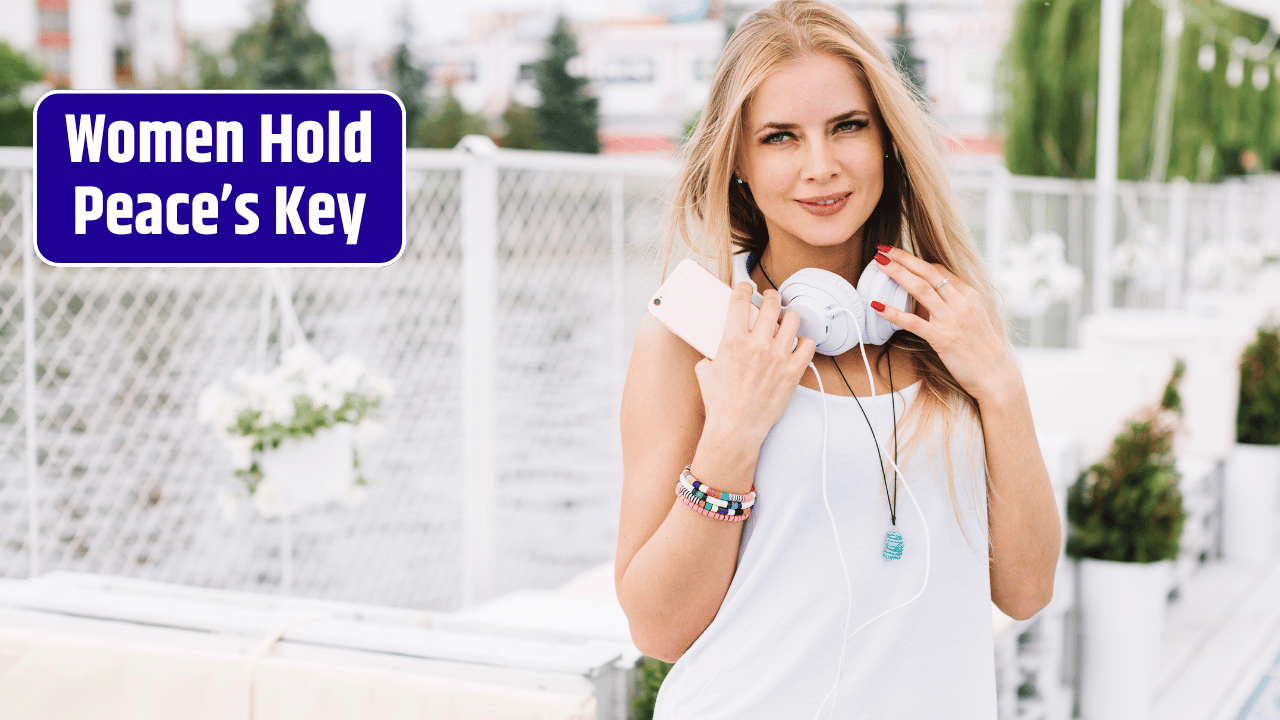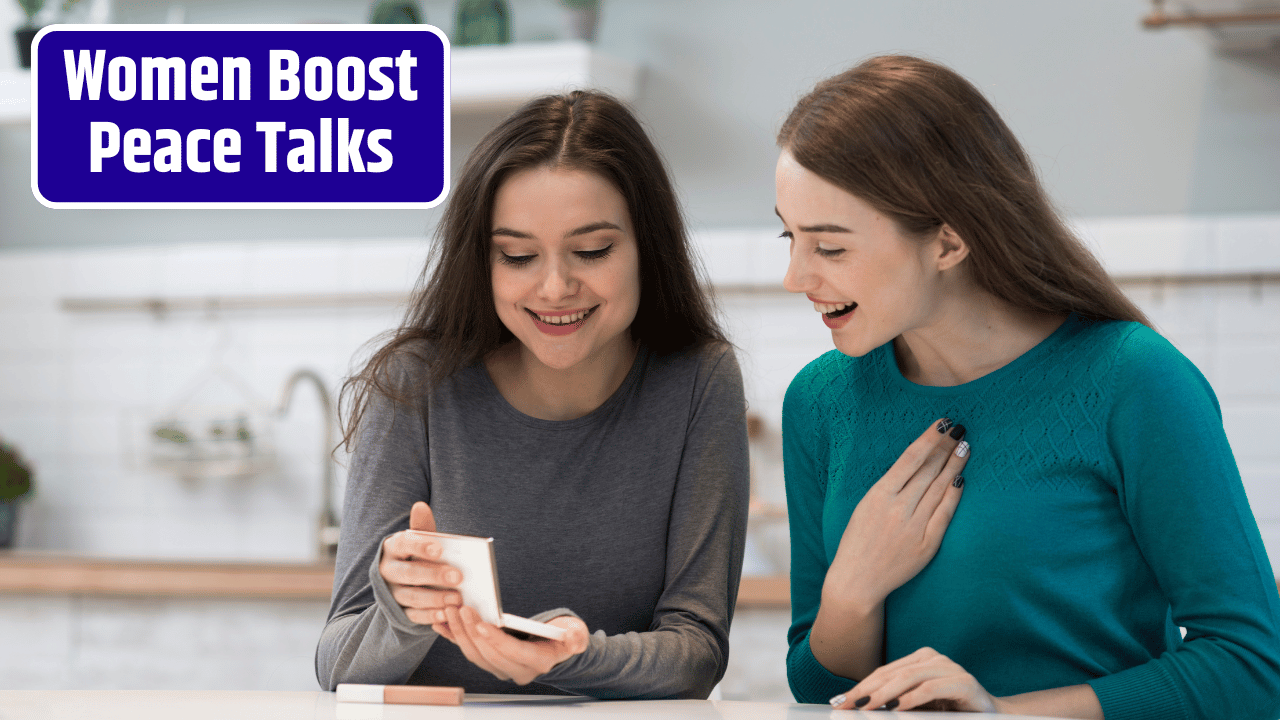Picture this: a war-torn village in Sudan, bombed-out houses, kids hiding in school basements, aid trucks getting looted before they even reach the border. Now picture the peace talks that follow—men in suits, shaking hands, giving tight-lipped smiles for the cameras. The same kind of men who sent the bombs in the first place.
You see the problem, right?
Here’s the deal: when it comes to war and peace, we keep listening to the same voices over and over. Loud, political, male. And it’s not working. Conflict still rages on every continent. Ceasefires crumble. Peace agreements, when they happen, don’t stick. But somehow, the world keeps sidelining the one group that consistently shows up, holds things together, and builds lasting peace from the ground up: women.
Table of Contents
The Numbers Are a Joke — and Not the Funny Kind
Let’s not sugarcoat it: women are wildly underrepresented in formal peace processes. Like, embarrassingly so.
| Role in Peace Process | Percentage Women Involved (2023, UN data) |
|---|---|
| Lead Negotiators | 13% |
| Mediators | 6% |
| Signatories of Peace Deals | 7% |
| Participants in Peace Talks | ~19% |
That’s not a crack in the glass ceiling. That’s a fortress wall.
Yet, when women are included? Peace agreements are 35% more likely to last at least 15 years. Not five. Not ten. Fifteen. That’s not some soft, feel-good statistic. That’s impact. That’s lives saved, trauma reduced, communities rebuilt.
So, why are we still doing peace like it’s a 1970s boys’ club?
Women Don’t Just “Join” Peace — They Create It
Here’s what often gets lost in the headlines: women aren’t just bystanders to conflict. They’re frontline survivors, organizers, caregivers, and often the first to rebuild the pieces after everything falls apart. From Colombia to Myanmar to Northern Ireland, women have consistently played critical roles in brokering peace—not by dropping into boardrooms, but by organizing in markets, homes, churches, WhatsApp groups, wherever they could.
They de-escalate. They negotiate food corridors. They create community safe zones. They hide kids from militias. They demand justice when the world looks away.
Men may end wars, but women keep peace alive.
It’s Not Just a Moral Argument. It’s a Smart One.
A lot of people still frame this issue like it’s just about fairness. “Give women a seat at the table.” Sure. But it’s not only about representation. It’s about results. Practical, hard-nosed outcomes.
When women are at the table:
- Agreements are more comprehensive, covering education, healthcare, and transitional justice—not just troop withdrawals.
- Grassroots communities are better engaged.
- Recovery plans actually reflect the people most affected.
You want a deal that sticks? Bring in the folks who’ve been picking up the pieces all along.
The Barriers Are Deep—But Not Inevitable
So why aren’t women in the room?
The usual cocktail: patriarchal norms, political gatekeeping, violence, lack of funding, social stigma. Sometimes it’s outright laws banning women from certain leadership roles. In some cases, women peacebuilders risk their lives just by showing up.
And let’s be real: international peace efforts often play lip service to “inclusion” while funding the same old power structures. There’s a whole ecosystem of peacebuilding that doesn’t see women as central—but rather as a checkbox.
That needs to change. Yesterday.
If We Don’t Act Now, We’re Screwed. Period.
Every year we delay integrating women fully into peace efforts, we’re basically hitting snooze on ending cycles of violence. Meanwhile, displacement surges, children grow up without homes, economies crater. It’s not just morally bankrupt—it’s stupid policy.
Think of peace like a table. Right now, we’ve only got one leg. The damn thing keeps tipping over. You want it to stand? Bring all the legs. Especially the ones who’ve been balancing it all along from the floor.
FAQs
Why are women more effective peacebuilders?
Because they bring holistic perspectives—justice, healing, education, family. Plus, they often have stronger community trust, especially post-conflict.
Isn’t peacebuilding gender-neutral?
In theory, maybe. In practice? No. Power is gendered, and so is access to negotiations, funding, and platforms. Ignoring that reality is naive.
What’s stopping governments from involving more women?
Power structures. Institutional sexism. Sometimes flat-out fear of change. Plus, there’s a massive underfunding of women-led initiatives.
How can ordinary people support women peacebuilders?
Support orgs funding women on the ground. Vote for pro-peace, pro-equality policy. And don’t let media narratives erase their contributions.
Any real-world examples of successful women-led peace efforts?
Plenty. Liberia’s 2003 peace movement led by Leymah Gbowee is a prime one. Colombian women played a pivotal role in the FARC peace process too.














